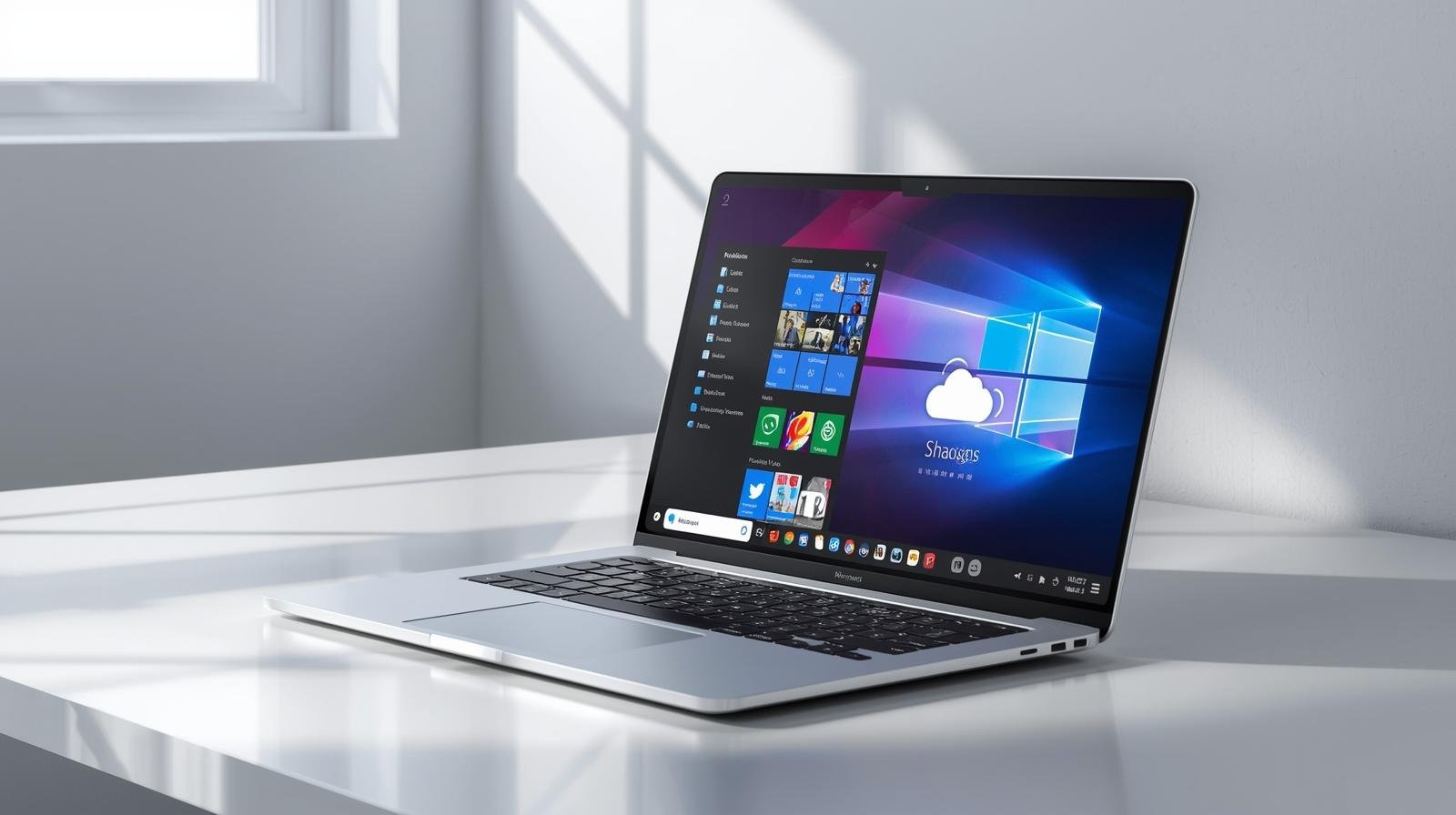”Why Don’t Newer Laptops Come with CD/DVD Drives” in this article we discuss about it. Laptops are not an exception to the quick evolution of technology. Manufacturers of laptops have steadily decreased the devices’ weight and size over the last ten years, increasing performance and cutting down on superfluous parts. The CD/DVD drive, which was once essential to computing, is one prominent victim of this evolution.
- The Transition to Lighter and Slimmer Designs
- Cloud Storage’s Ascent in CD/DVD drive alternatives
- 3. Physical Media Has Been Replaced by Digital Downloads
- Better Connectivity and Internet Speeds For CD/DVD drive alternatives
- Manufacturing Efficiency and Cost
- Sustainability and Environmental Issues
- External Drives as a Substitute
- Replacements for USB and SSD in CD/DVD drive alternatives
- App Stores and Software Evolution For CD/DVD drive alternatives
- How Media Consumption Is Changing
- Questions and Answers about CD/DVD Drive Alternatives
- In conclusion
You may be wondering why more recent laptops don’t have CD/DVD drives if you recently purchased a new laptop and saw that it didn’t have a CD or DVD slot. Let’s examine how users have adjusted to the digital age and delve deeply into the causes of this technological shift.
The Transition to Lighter and Slimmer Designs
The need for portability was a major factor in the removal of CD/DVD drives from laptops by manufacturers.
Lightweight, incredibly thin, and streamlined devices that are convenient to carry and fashionable to use are top priorities for modern consumers. Being a mechanical part, the CD/DVD drive adds weight and needs additional internal space.
By doing away with the optical drive, producers can:
- Make the laptop thinner by a few millimeters.
- Upgrade battery placement and cooling systems.
- Provide more streamlined designs that will appeal to students and professionals alike.
This design concept is best represented by well-known models such as the MacBook Air, Dell XPS, and HP Spectre, which are thin, effective, and mobile-friendly.
Cloud Storage’s Ascent in CD/DVD drive alternatives
Users used to store a lot of data, including pictures, videos, and software installations, on CDs and DVDs. However, cloud storage has fundamentally altered that behavior in the modern era.
Users can do the following with platforms like iCloud, Dropbox, OneDrive, and Google Drive:
- Save and retrieve files from any location.
- Sync information between several devices
- Instantaneous document sharing without physical media
- With the move to the cloud, carrying physical discs is becoming less necessary. Additionally, cloud storage is more dependable and pro .
3. Physical Media Has Been Replaced by Digital Downloads
Everything that used to be on a CD or DVD is now accessible online, including software, games, and movies.
Movies & Music: DVD collections have been supplanted by streaming services such as Netflix, YouTube, and Spotify.
Games: Players can download games digitally through platforms like Xbox Game Pass, Steam, and the Epic Games Store.
Software: You can download programs like Adobe Creative Cloud, Microsoft Office, and antivirus software.
Since physical discs are no longer necessary due to the digital revolution, optical drives are no longer useful for the majority of users.tected from data deterioration, scratches, and damage that frequently affect CDs and DVDs.
Better Connectivity and Internet Speeds For CD/DVD drive alternatives
Large files could take hours or even days to download in the early 2000s. Watching movies or installing software was made faster with CDs and DVDs.
These days, downloading and streaming are simple thanks to Wi-Fi networks and high-speed broadband. Digital media is now more accessible and efficient than ever thanks to fiber optics, 5G, and sophisticated compression technologies.
Optical drives are just not required for the majority of people’s everyday computing needs with this level of connectivity.
Manufacturing Efficiency and Cost
Cost effectiveness is another factor contributing to the demise of CD/DVD drives.
By eliminating these elements, producers can:
- Lower the cost of production
- Create space for better parts (larger batteries, better cooling, SSD).
- Reduce the design’s overall weight and complexity.
Brands are able to devote resources to features that consumers truly value, such as longer battery life, better graphics, and faster processors, thanks to this cost optimization.
Sustainability and Environmental Issues
The manufacture and disposal of plastic-based discs adds to waste in a time when environmental responsibility is important.
The demand for physical media is decreased by digital downloads and streaming, which results in:
- Reduced plastic waste from cases and discs
- Reduced emissions from transportation
- Decreased waste from packaging
Eliminating optical drives is in line with the larger objective of sustainable computing, and laptop manufacturers are also working to create environmentally friendly designs.
External Drives as a Substitute
External CD/DVD drives are a simple fix for users who still need to read or burn discs.
These drives:
- Connect using USB
- are reasonably priced and portable.
- provide the same capabilities as built-in drives.
Therefore, an external optical drive is a straightforward and useful accessory if you ever need to install outdated software, view a DVD, or back up a collection.
Replacements for USB and SSD in CD/DVD drive alternatives
Solid-state drives (SSD), external hard drives, and USB flash drives are now commonly used in modern laptops for data transfer and storage.
These substitutes are:
- Quicker (using USB-C and USB 3.0 speeds)
- More robust and small
- Thousands of times rewriteable
SSDs and flash drives provide more convenience, dependability, and capacity than CDs and DVDs, which have a smaller capacity and are more likely to get scratched.
App Stores and Software Evolution For CD/DVD drive alternatives
The no-disc world has also been accommodated by modern operating systems. Users can install apps straight from the internet with platforms like Google Play, Apple App Store, and Microsoft Store.
Drivers and updates are now distributed digitally, eliminating the need for physical installation media.
The decline of optical drives in laptops is further cemented by this trend toward digital software ecosystems.
How Media Consumption Is Changing
The way people consume media has changed significantly. Physical CDs and DVDs are no longer used by people to watch movies or listen to music.
With just one click, users can instantly access millions of films, TV series, and songs on Netflix, Amazon Prime Video, Disney+, and Spotify.
The majority of contemporary consumers no longer need optical drives due to streaming’s accessibility, affordability, and ease of use.
Questions and Answers about CD/DVD Drive Alternatives
1. What can I use instead of a CD or DVD drive?
You could also use USB flash drives, external hard drives, or cloud storage services.
2. Do you still sell external DVD drives?
Yes, you can connect portable external DVD drives to laptops and PCs through USB.
3. Is it possible to install software without a CD or DVD drive?
Yes, you can get software online or with a USB installer.
4. Is it safer to store things in the cloud than on DVDs?
It is safer and easier to use cloud storage because it protects your data from physical damage.
5. How can I play CDs or DVDs that are old and don’t have a built-in drive?
You can use another computer or an external USB DVD drive to move the data.
In conclusion
The decline of CD/DVD drives in contemporary laptops is a reflection of both shifting user preferences and technological advancements.
Physical discs are becoming obsolete as we adopt digital media, cloud storage, and faster internet. Manufacturers of laptops have been able to innovate by producing lighter, more powerful, and thinner devices that suit contemporary lifestyles thanks to the removal of optical drives.
External drives offer a simple solution for users who occasionally require optical functionality, guaranteeing backward compatibility without compromising portability.





